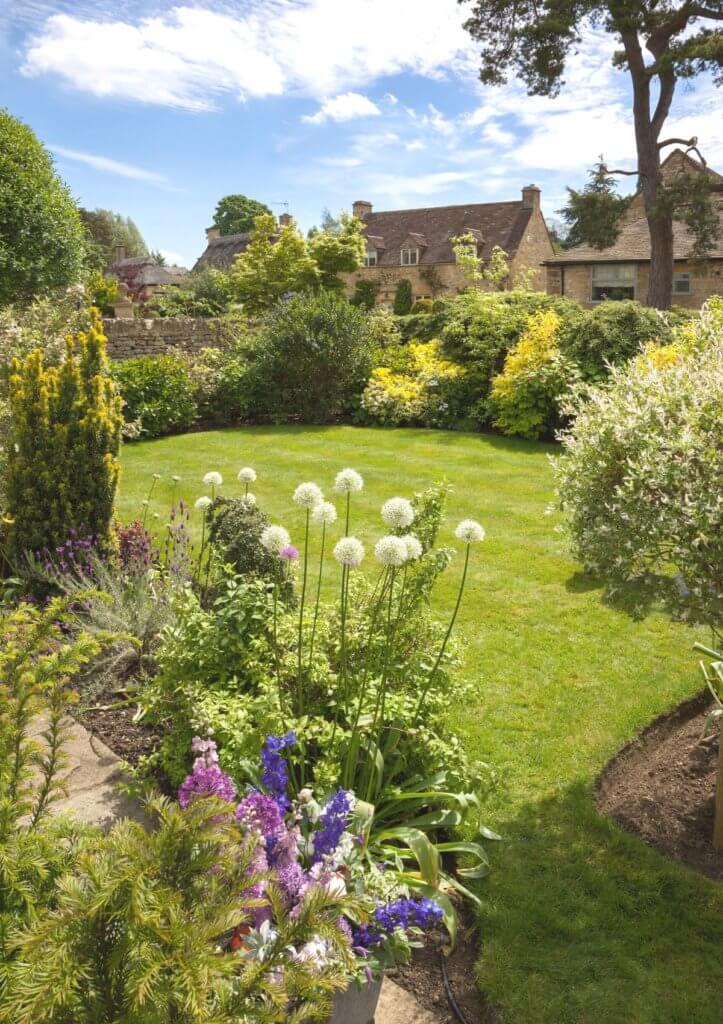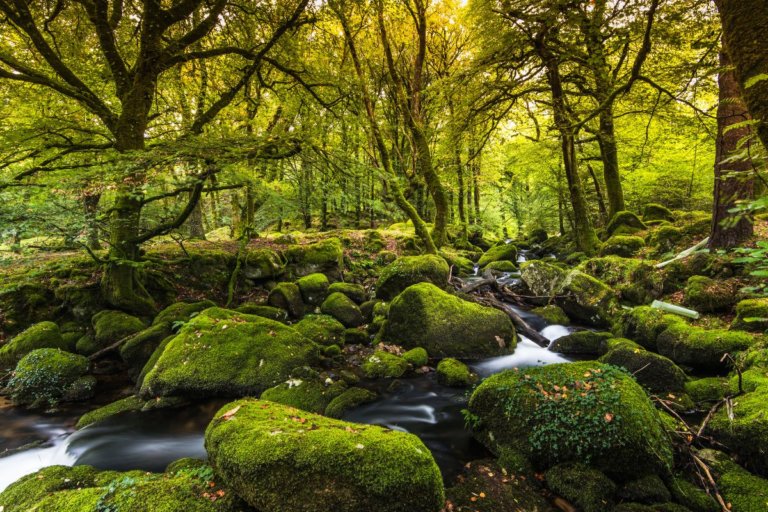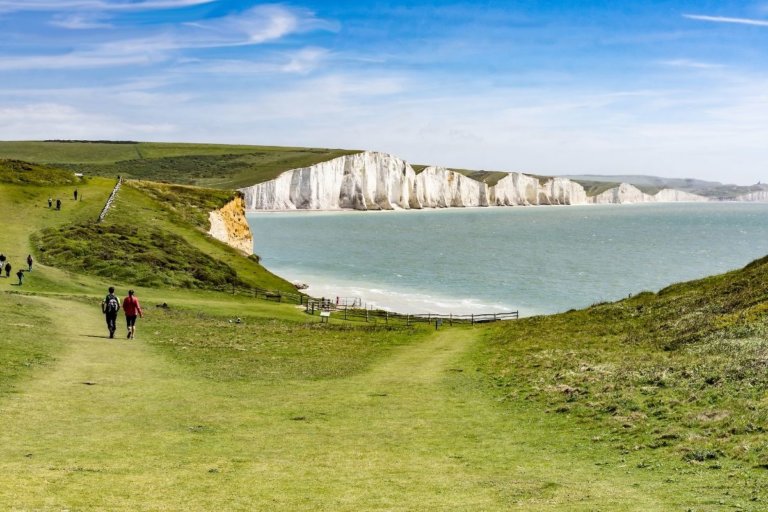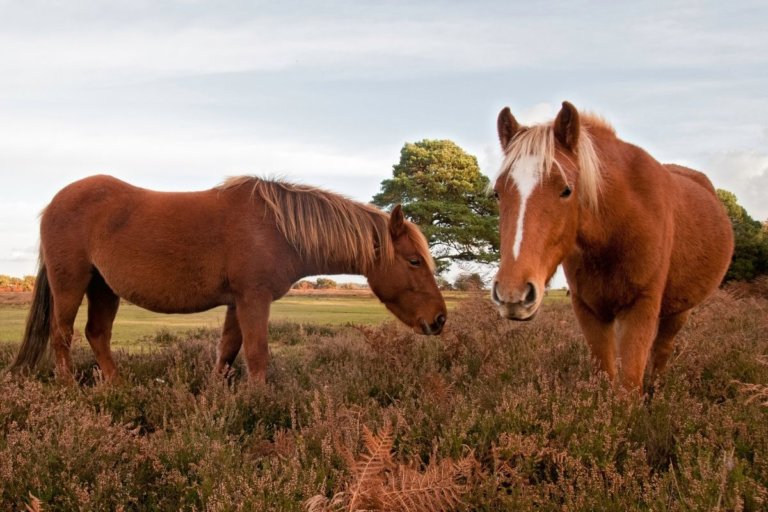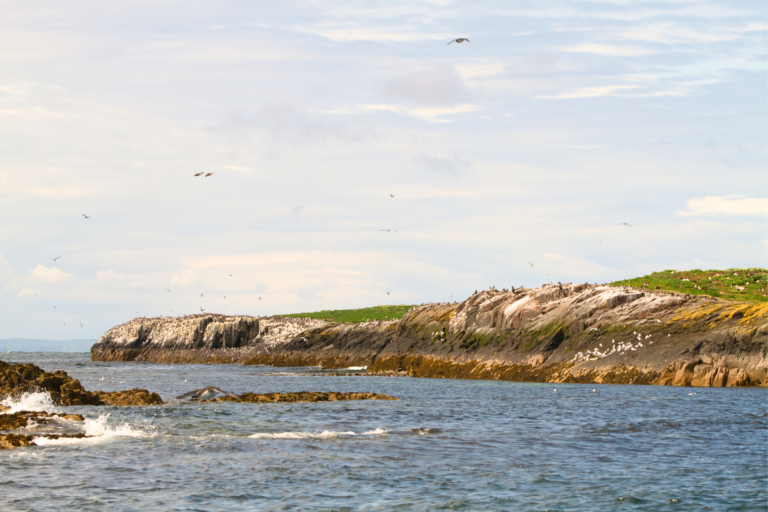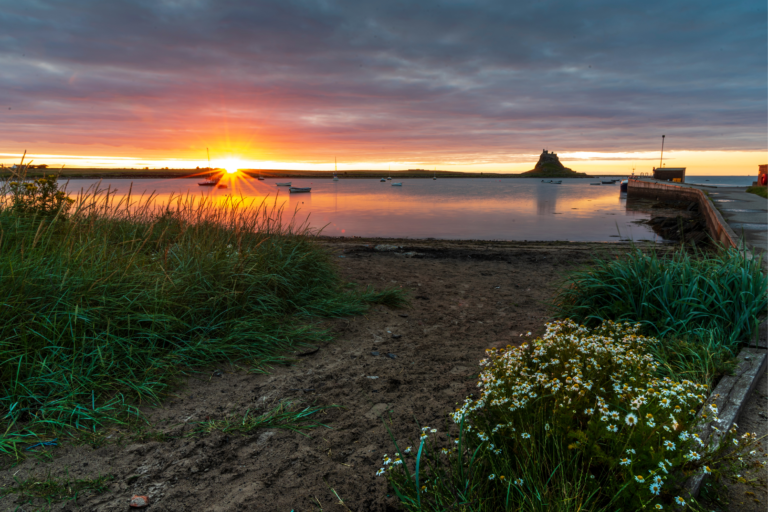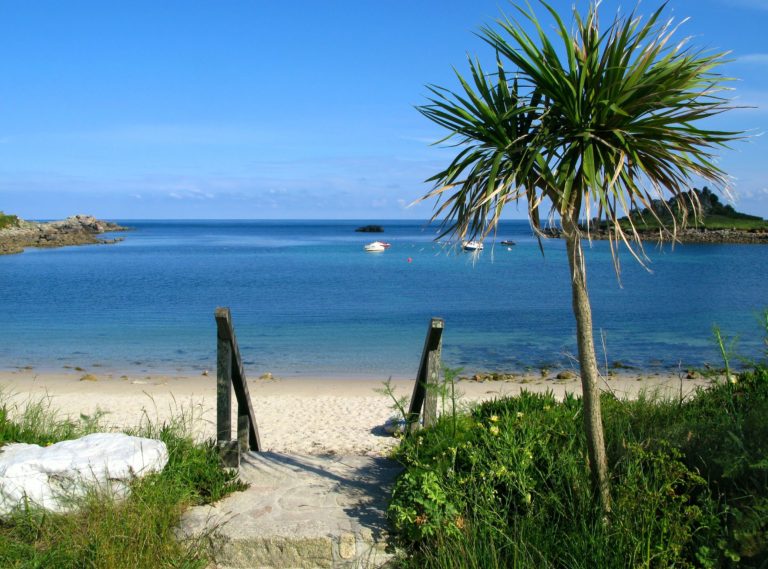Search by the Areas of England: National Parks, AONBs, SSSIs & Islands
Search Day Out in England by National Parks, AONBS, SSSI & Islands to find the most beautiful areas of the country to explore.
If you’re looking for the most interesting, beautiful and / or remarkable areas of England, you need to learn more about our National Parks, our Areas of Natural Beauty (AONBs), our Sites of Special Scientific Interest (SSSIs) and our islands. Let us introduce you…
National Parks, Areas of Outstanding Natural Beauty (AONBs), and Sites of Special Scientific Interest (SSSIs) are all designations used in England to protect and preserve areas of ecological, geological, or landscape importance. If an area is a National Park, an AONB or a SSSI, you know it’s going to be a great place for a day out, or two.
These marked areas play a crucial role in conserving the UK’s rich natural and cultural heritage.
Where are you looking for?
Search our entire site!
Areas of England
National Parks in England
We have a whole post dedicated to the National Parks of England, where you can find out more about each one.
- Purpose: National Parks are areas designated primarily to conserve and enhance natural beauty, wildlife, and cultural heritage, as well as to promote opportunities for public understanding and enjoyment of their special qualities.
- Features: They encompass a variety of landscapes, from mountains to coastlines. These areas might also include villages and farmland.
- National Parks in England: Norfolk Broads, Dartmoor, Exmoor, South Downs, Northumberland and the North York Moors.
See All >
AONBs in England
There are many areas of beauty in England, but these are Areas of Outstanding Natural Beauty. There are 33 AONB in England.
- Purpose: AONBs are designated primarily to conserve and enhance the natural beauty of the landscape. They share similar conservation objectives with National Parks but typically do not have the same degree of recreational opportunities.
- Features: They cover a diverse range of landscapes, including coastlines, farmland, and forests.
- AONB in England:
- Arnside & Silverdale
- Blackdown Hills
- Cannock Chase
- Chichester Harbour
- Chilterns
- Cornwall
- Cotswolds
- Cranborne Chase
- Dedham Vale
- Dorset
- East Devon
- Forest of Bowland
- High Weald
- Howardian Hills
- Isle of Wight
- Isles of Scilly
- Kent Downs
- Lincolnshire Wolds
- Malvern Hills
- Mendip Hills
- Nidderdale
- Norfolk Coast
- North Devon
- North Pennines
- North Wessex Downs
- Northumberland Coast
- Quantock Hills
- Shropshire Hills
- Solway Coast
- South Devon
- Suffolk Coast and Heaths
- Surrey Hills
- Tamar Valley
- Wye Valley
SSSIs in England
A Site of Special Scientific Interest (SSSI) is a conservation designation that represents the UK’s protected areas set aside for their ecological, geological, or physiographical value. SSSIs play a foundational role in the UK’s conservation strategy, providing legal protection to the most important wildlife and geological sites to ensure they are safeguarded for future generations.
There are over 4,000 Sites of Special Scientific Interest (SSSIs) in the UK, and while many are not widely known outside of conservation and academic circles, several are recognised for their unique characteristics or have gained attention due to public interest, tourism, or specific events.
You can find your nearest SSSI here, but these are some of the more renowned SSSIs:
- Studland and Godlingston Heath, Dorset: This site is famous for its heathland, sand dunes, and the freshwater Studland Lakes. It’s also home to all six native British reptiles.
- Avebury, Wiltshire: While best known for its prehistoric stone circle, which is larger but less famous than Stonehenge, Avebury is also an SSSI due to its chalk grassland and the archaeological importance of the site.
- Dover Cliffs, Kent: The iconic White Cliffs of Dover are designated for their geological interest as well as their coastal plant communities.
- Slapton Ley, Devon: The largest natural freshwater lake in the south of England, known for its biological research and birdwatching opportunities.
- Bempton Cliffs, East Yorkshire: One of the UK’s top places for birdwatching, this site is home to the largest seabird colony in England, with species like puffins, gannets, and kittiwakes.
- Castle Eden Dene, County Durham: A prime example of a ravine forest, this site boasts a range of plants that are rare and significant in a national context.
- Box Hill, Surrey: Known for its box woodland and stunning views of the North Downs, it’s a popular spot for recreation and has even been a site for Olympic cycling events.
- Wicken Fen, Cambridgeshire: One of the oldest nature reserves in the UK and Europe’s most famous fen. It has been a focus for ecological research for over a century.
- Stanage/North Lees, Derbyshire: A popular site for climbers, this SSSI is part of the Peak District and features a gritstone escarpment known for its rock-climbing routes.
- Morecambe Bay, Lancashire/Cumbria: One of the UK’s most important estuarine and coastal habitats, known for its birdlife and quicksand.
Islands in England
England’s islands are like secret pockets of wonder, waiting to be discovered. From pirate tales on the Isles of Scilly to dino footprints on the Isle of Wight, and holy hideaways on Lindisfarne, there’s an island escapade for every adventurer.
Fancy a castle? Check.
Secluded beaches? Absolutely.
Puffin spotting? You bet!
These little landmasses promise a blend of whimsy, nostalgia, and pure English charm.
We want to celebrate all areas of England here on Day Out in England, so you’ll see tips and advice on getting to these on site.
Some of the most popular islands in England include:
- Brownsea Island, Dorset:
Located in Poole Harbour, Brownsea Island is a wildlife haven, renowned for its red squirrel population. Managed by the National Trust, it boasts woodlands, heathlands, and a lagoon. The island is also historically significant, as the birthplace of the Scouting and Guiding movements, with the first ever Scout camp held here in 1907 by Robert Baden-Powell. - Burgh Island, Devon:
Off the coast of South Devon, Burgh Island is tidal and can be accessed by foot at low tide or via a sea tractor during high tide. It’s famous for its Art Deco Burgh Island Hotel and has strong associations with Agatha Christie, having inspired settings for some of her novels. - Hayling Island, Hampshire:
Linked to the mainland by a bridge, Hayling Island is a popular seaside resort known for its sandy beaches, windsurfing opportunities, and amusement parks. The island offers a mix of leisure activities and natural beauty, making it a favourite among both families and watersport enthusiasts. - Thorney Island, Hampshire:
A remote and tranquil island in Chichester Harbour, Thorney Island is primarily used by the Ministry of Defence, which means public access is restricted. However, there’s a public footpath around its perimeter where visitors can enjoy views of the harbour and spot various bird species. - Lindisfarne, Northumberland:
Also known as Holy Island, Lindisfarne is a tidal island steeped in history. Connected to the mainland by a causeway that’s submerged twice daily by the tides, it’s home to the ruins of Lindisfarne Priory and a historic castle. The island has religious significance, with St. Cuthbert once serving as its bishop and with Viking raids marking its early history. - Portsea Island, Hampshire:
The fourth largest island in England by land area, Portsea Island houses the city of Portsmouth. It’s historically significant as a naval port, with landmarks like the Historic Dockyard, home to the HMS Victory and the Mary Rose Museum. The island is connected to the mainland by road and rail bridges.

